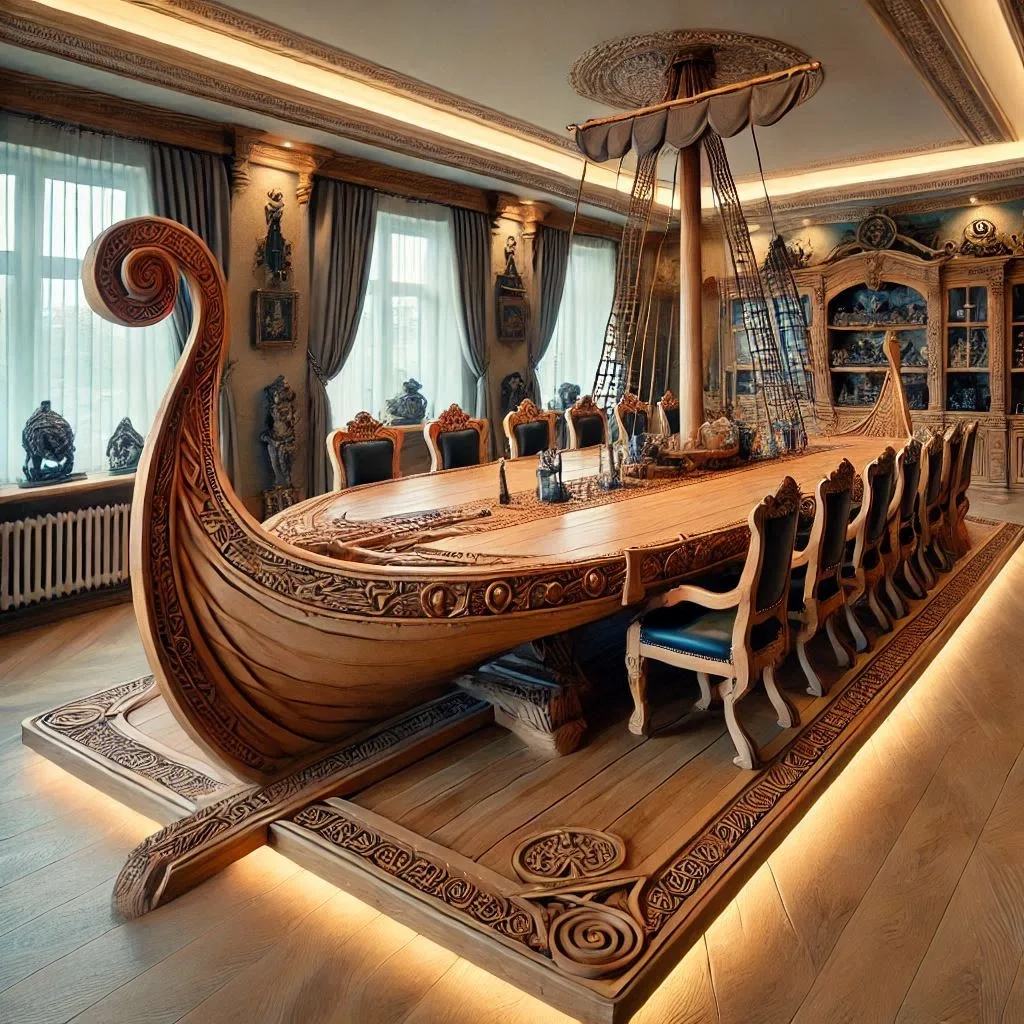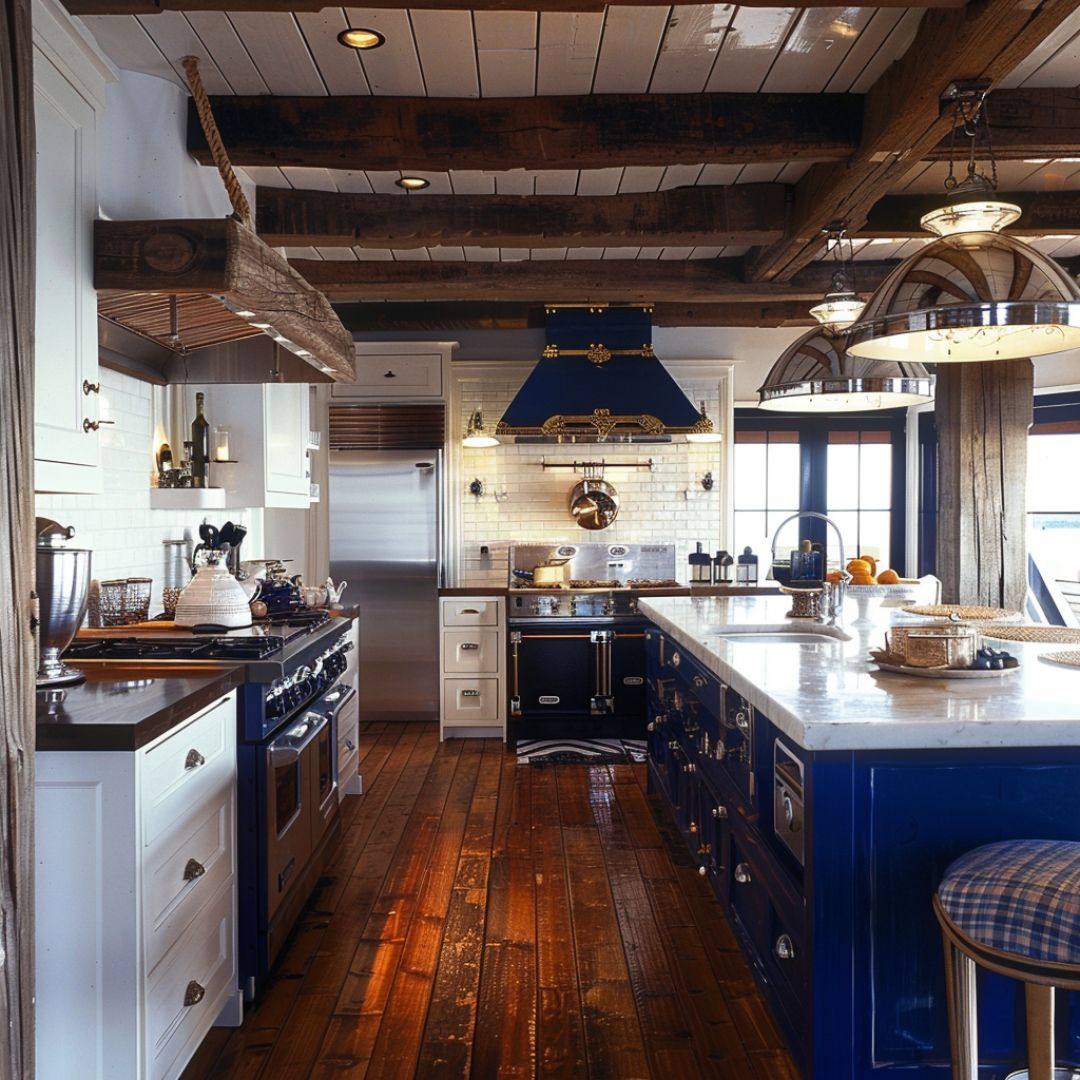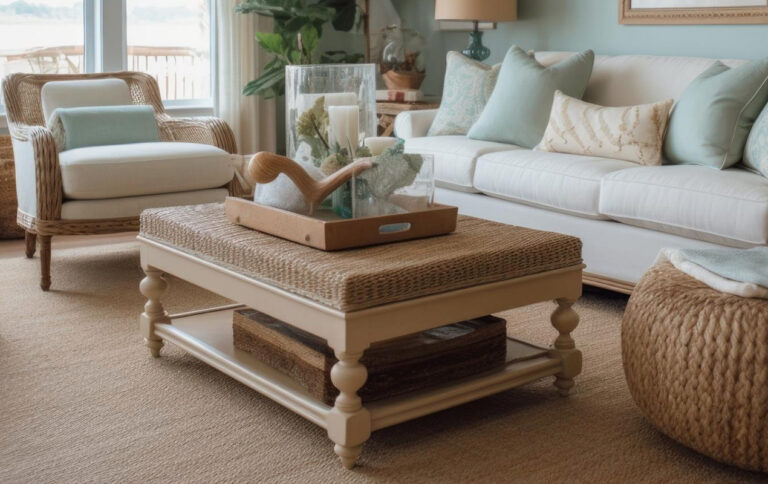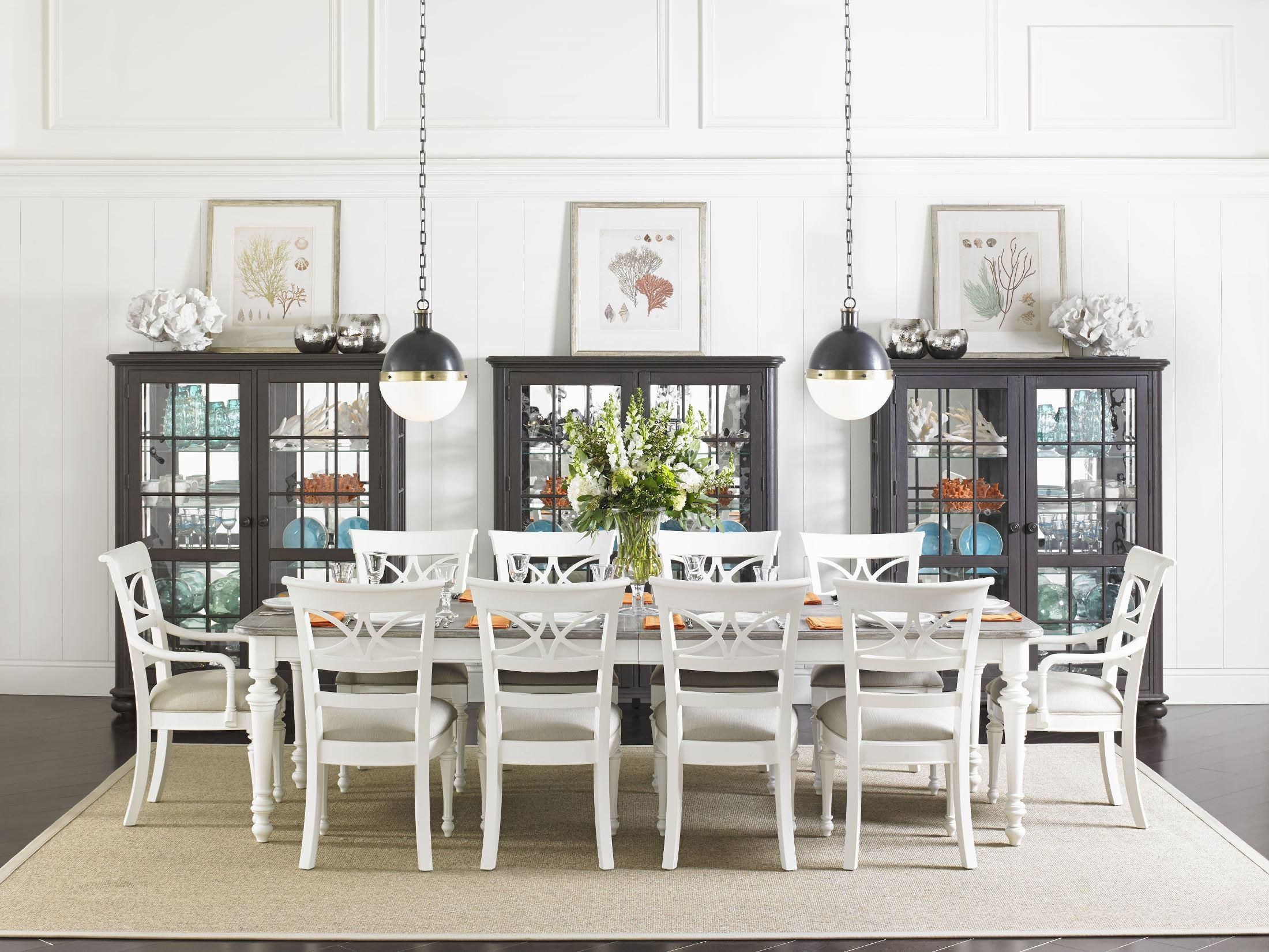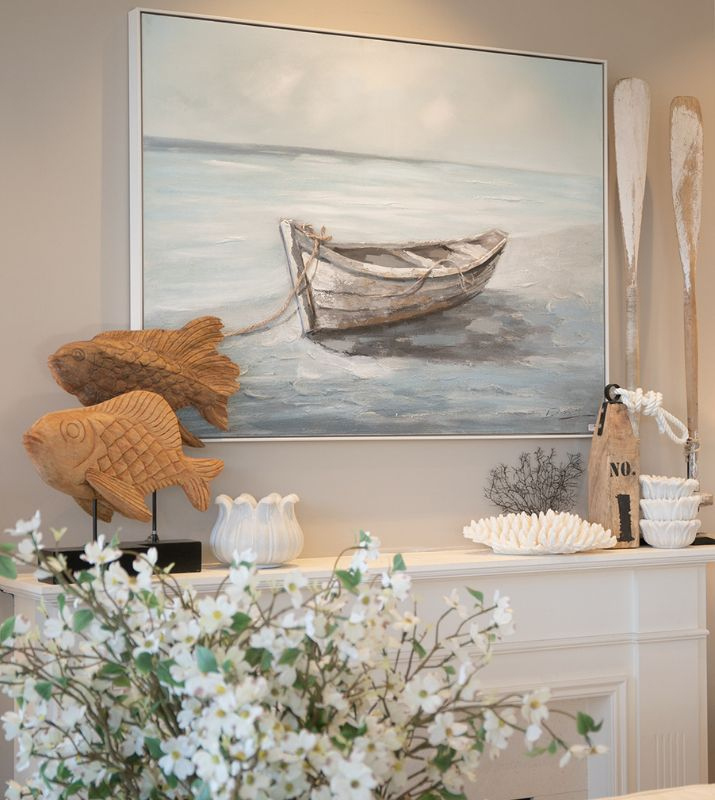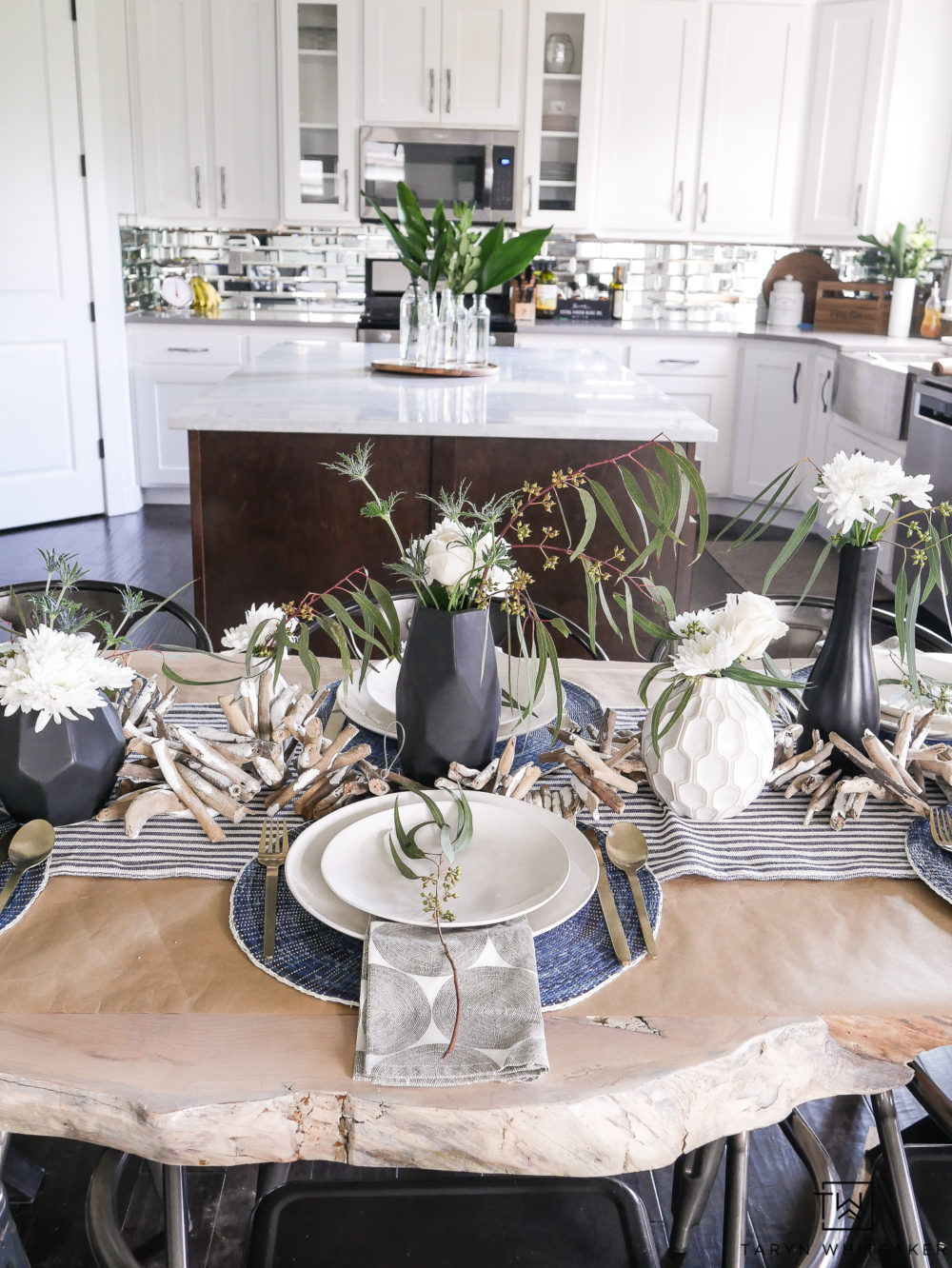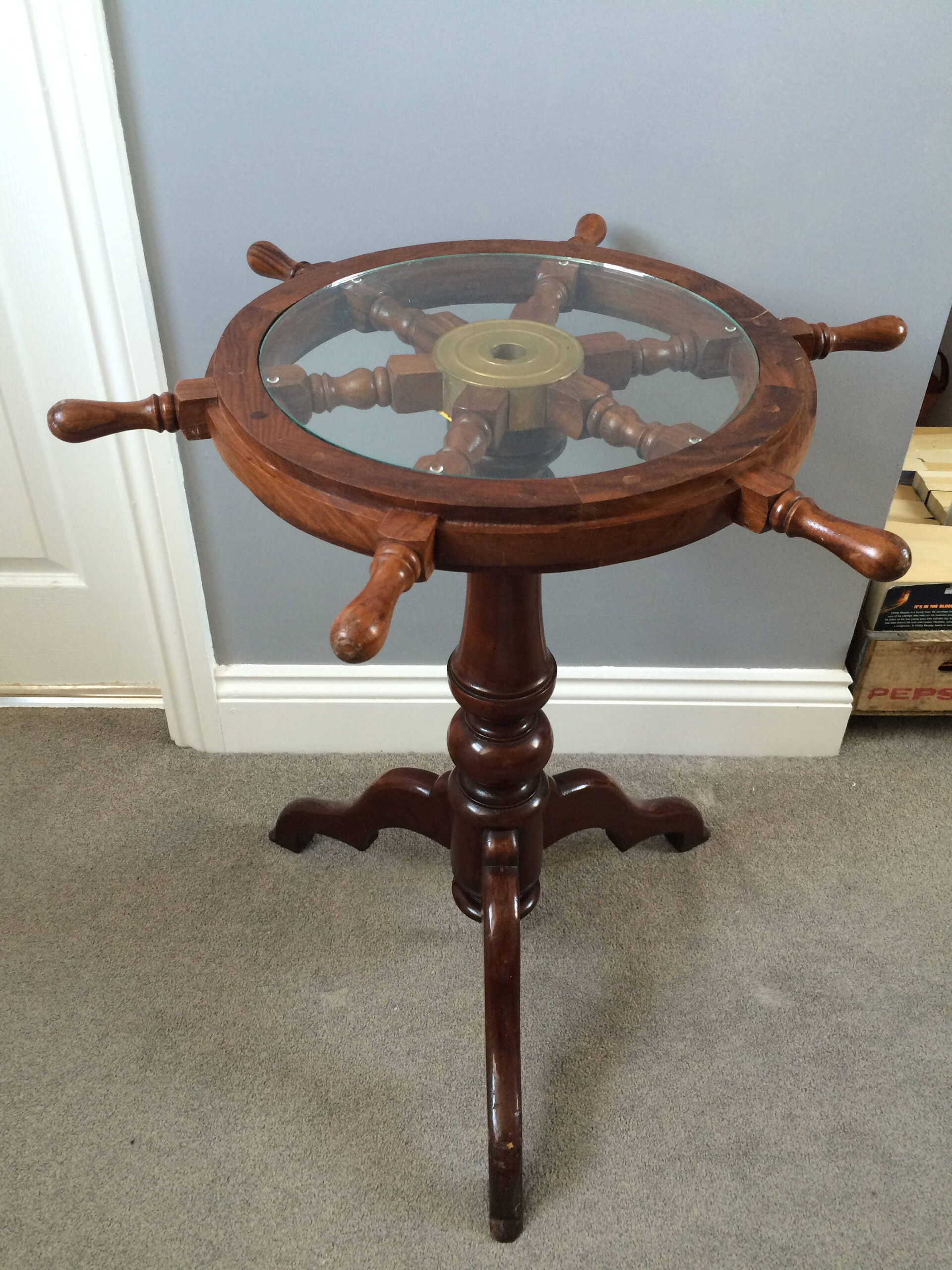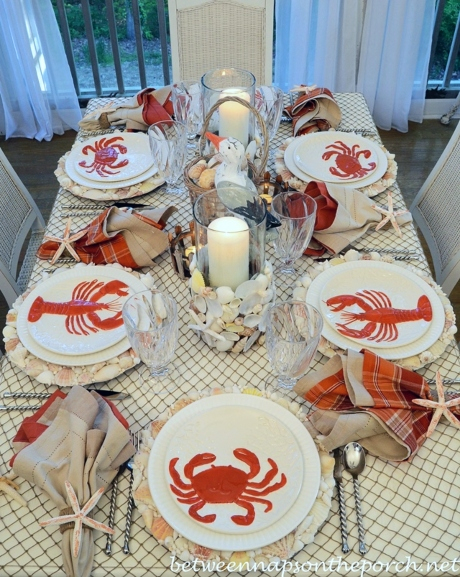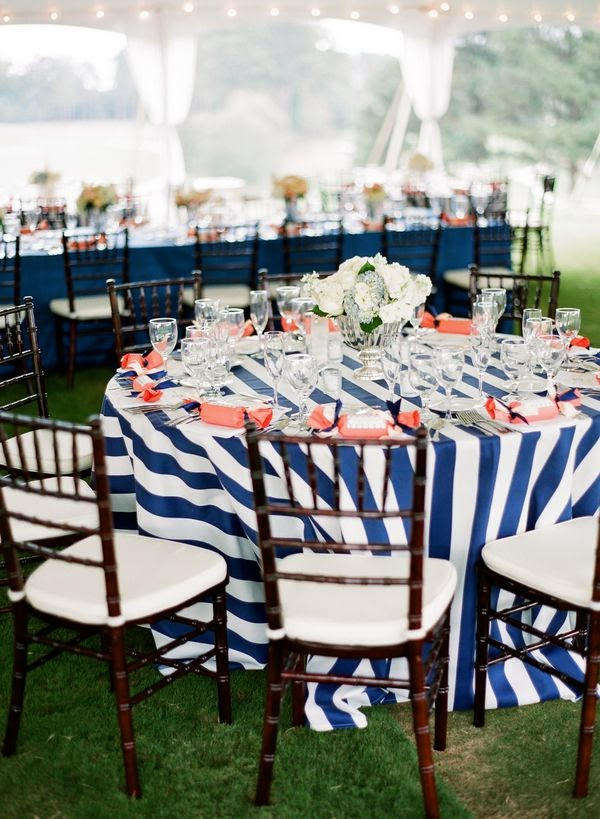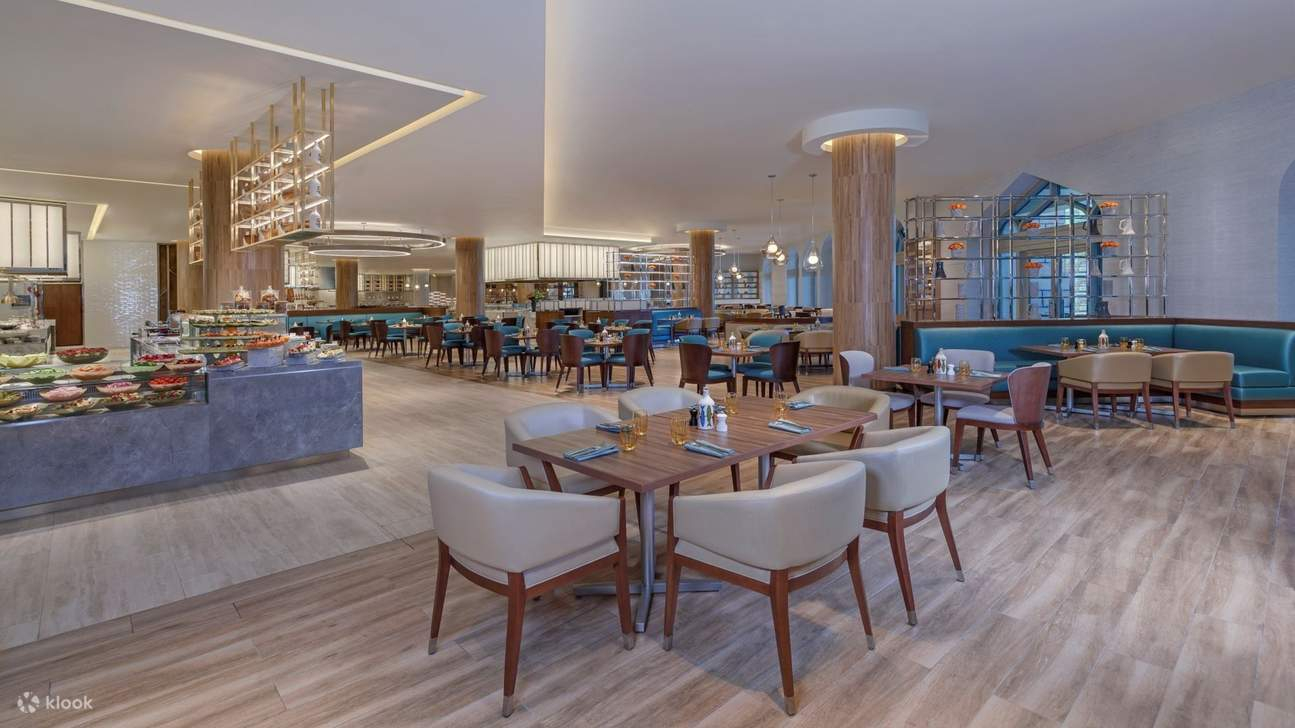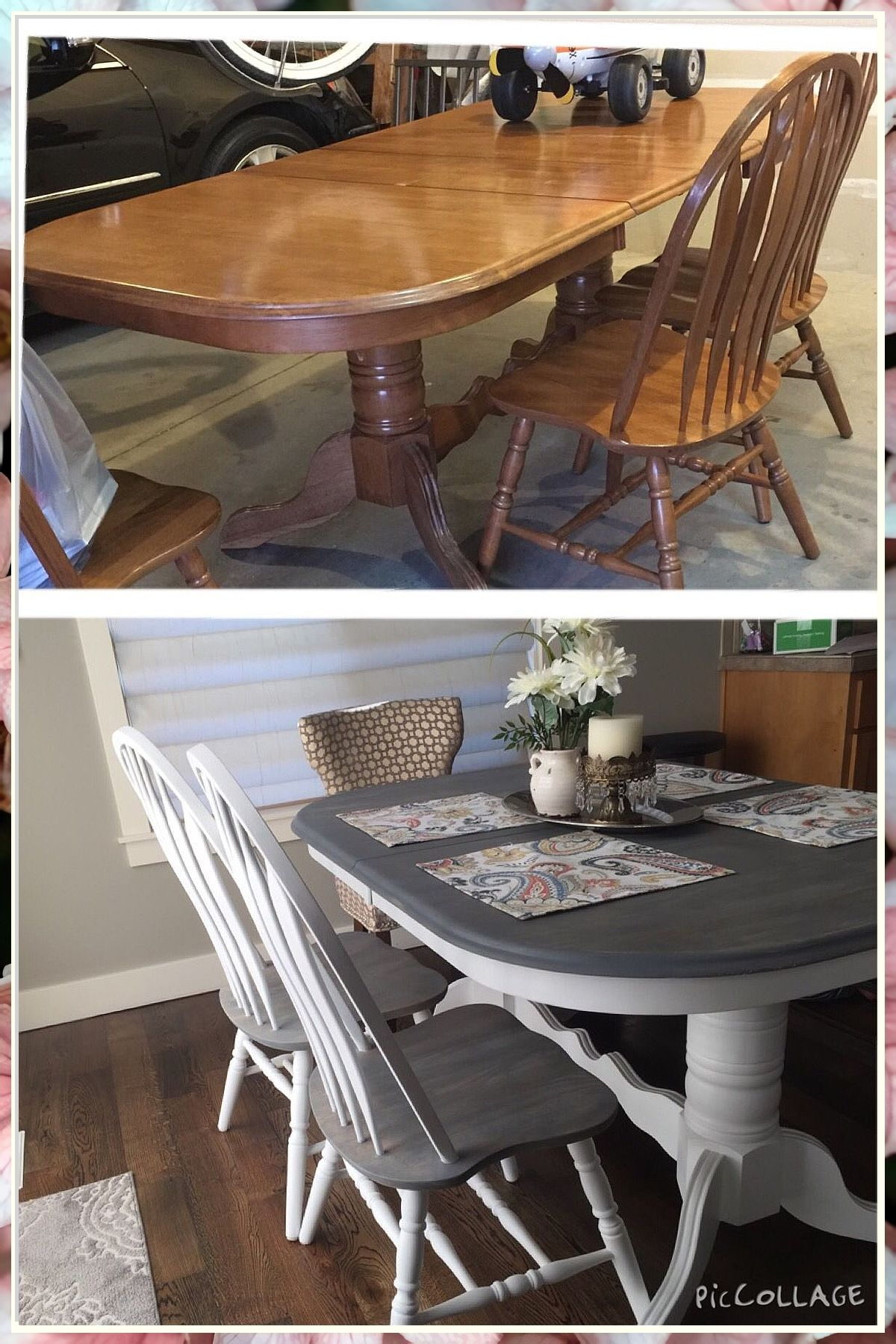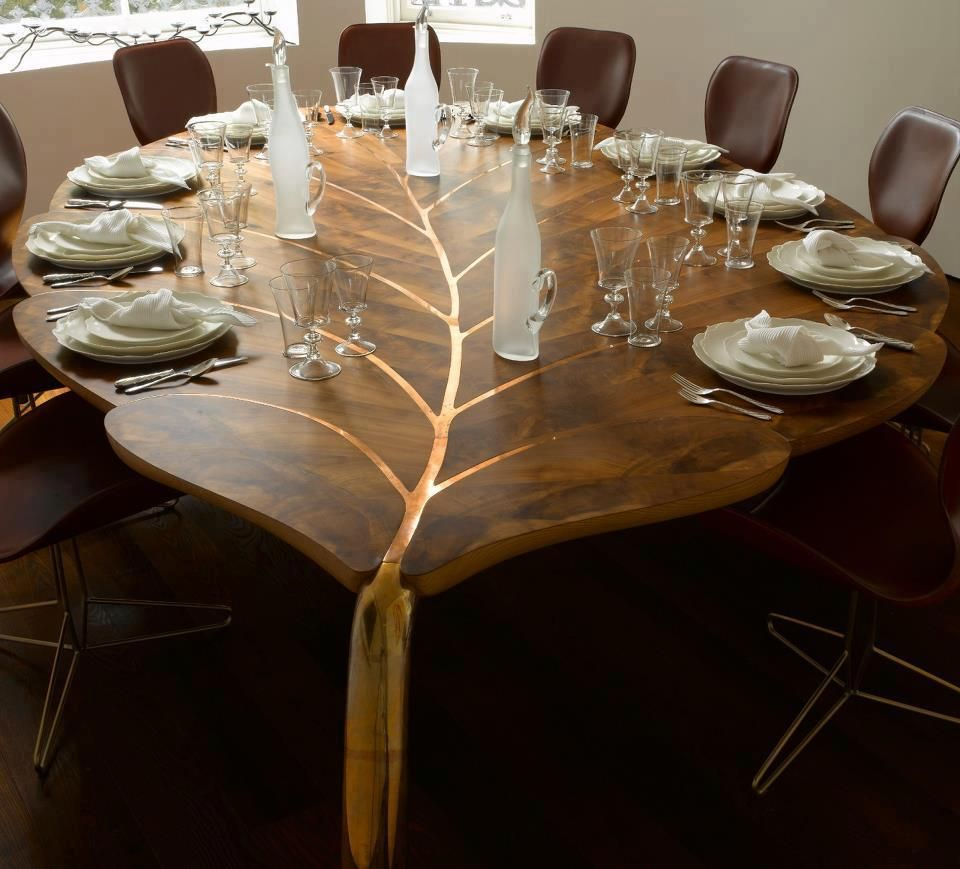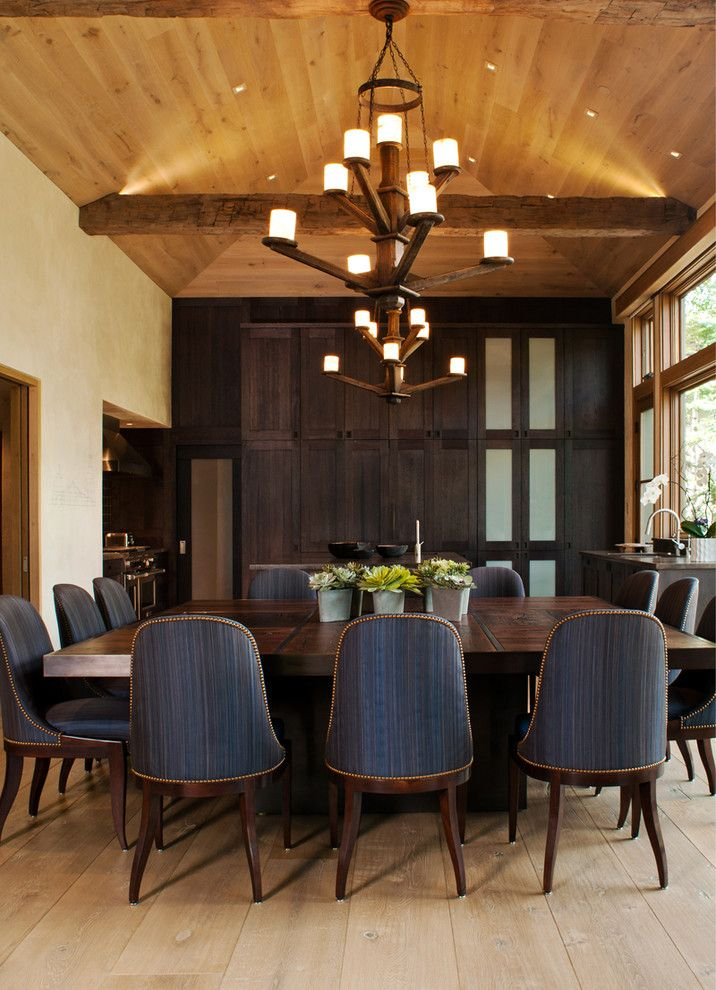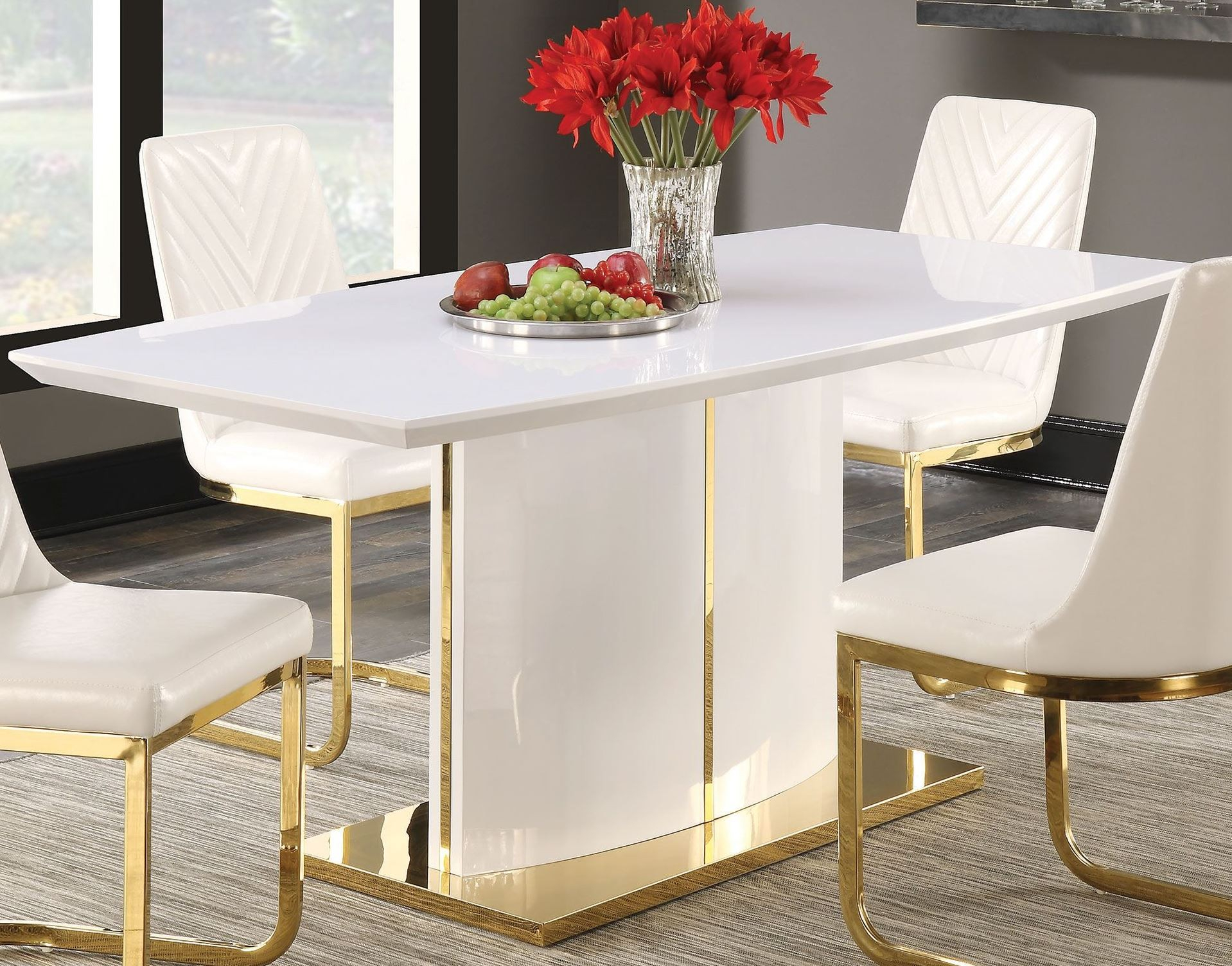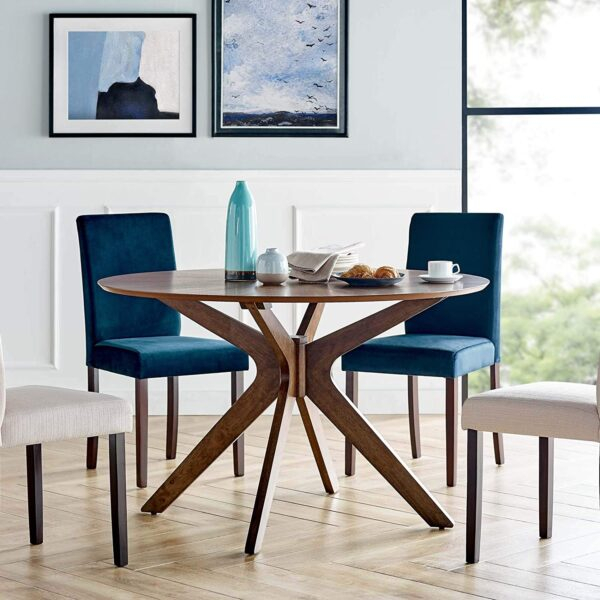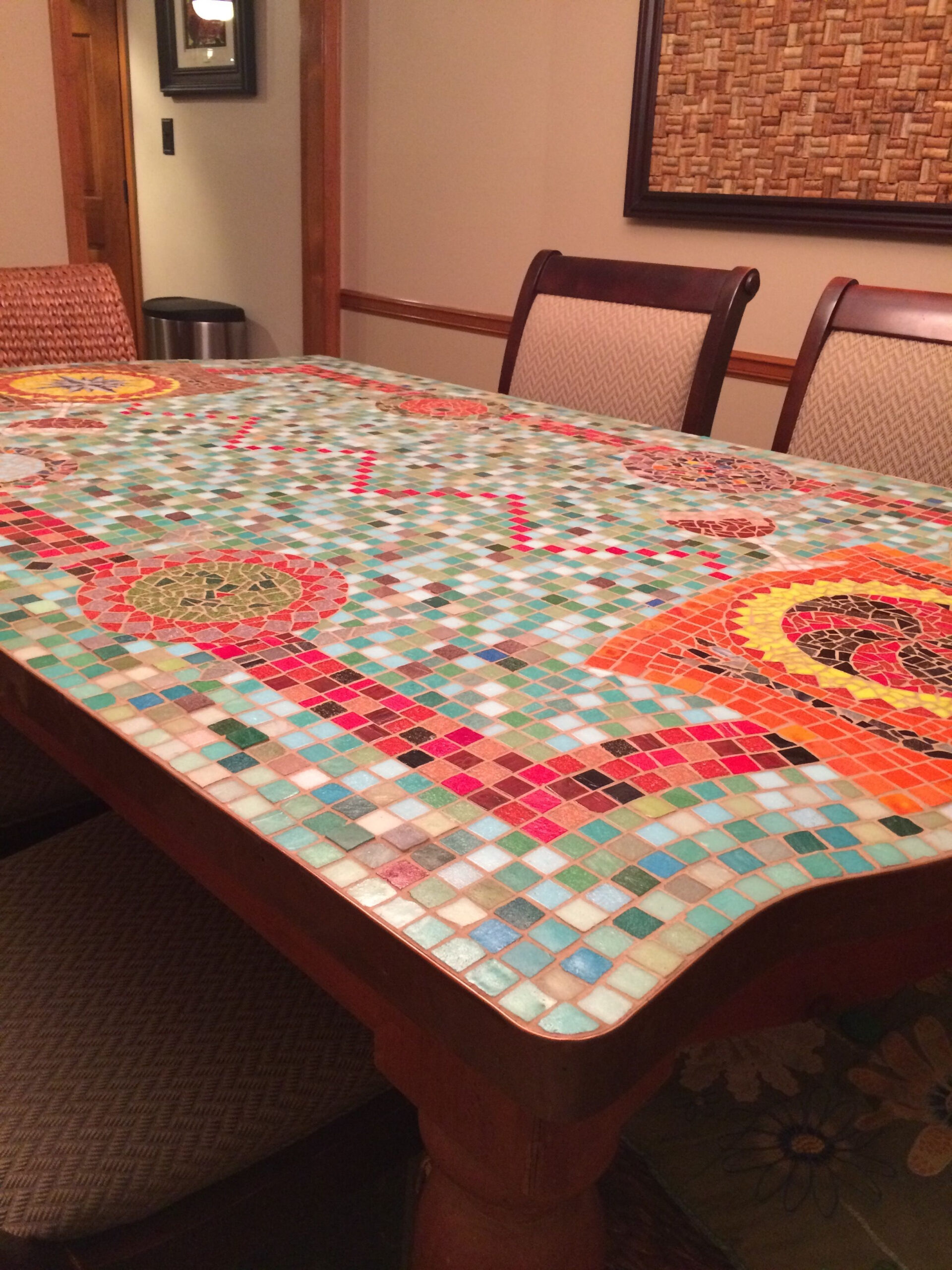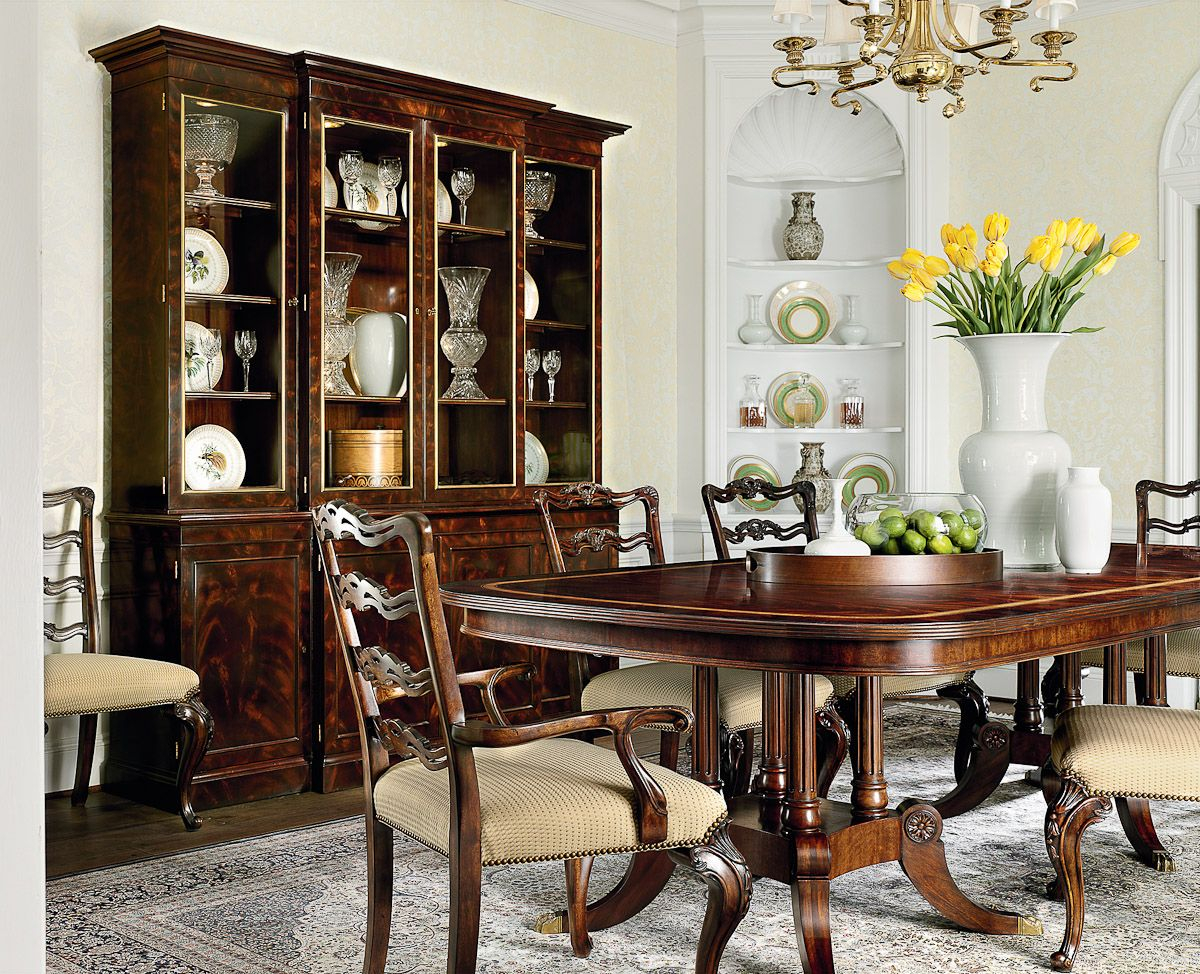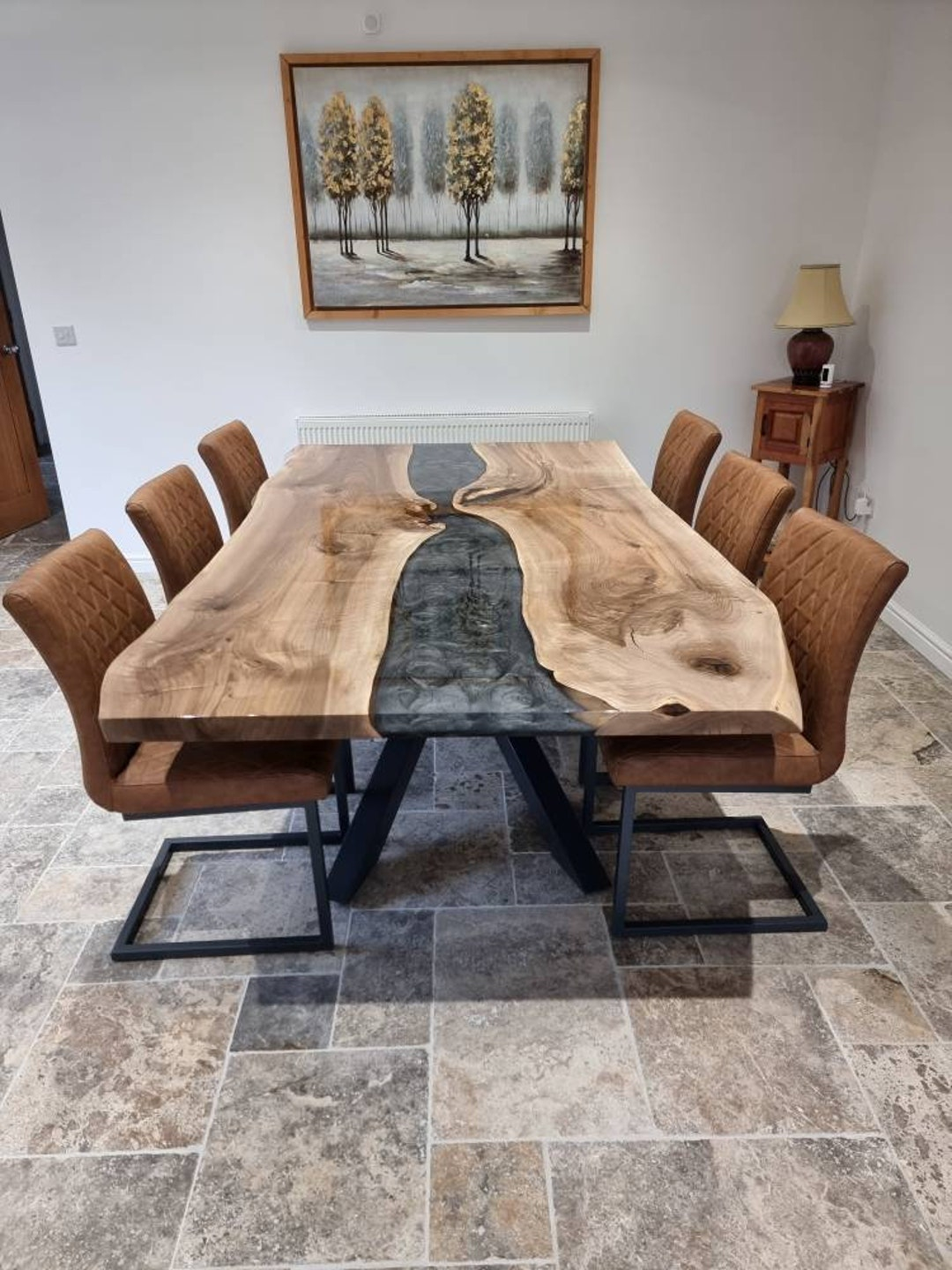There’s something undeniably captivating about a nautical dining table. It evokes images of salty air, sun-drenched decks, and the gentle rhythm of the ocean. But beyond the romanticism, these tables offer a unique blend of sturdiness, classic design, and a relaxed, inviting atmosphere that makes them a perrennial favorite in home decor. Let’s dive into what makes these pieces so special and why they continue to anchor themselves in our dining spaces.
Think about it: who doesn’t appreciate a touch of coastal serenity in their home? Nautical dining tables, in particular, seem to capture this essence perfectly. They’re more than just furniture; they’re a statement, a mood setter, a daily reminder of vacation vibes and relaxed living. Whether you live by the sea or miles inland, bringing a piece of that maritime spirit into your home can be incredibly refreshing. But what exactly is it about these tables that makes them so enduring? It’s a mix of history, practical design, and a certain je ne sais quoi that’s hard to replicate.
A Glimpse into History: From Ship Decks to Dining Rooms
The roots of the nautical dining table are, unsurprisingly, tied to the sea itself. Many early tables found on ships were built for practicality and durability. They needed to withstand rocking, the elements, and the constant movement of life aboard. This often meant robust construction using sturdy woods like teak or oak, with simple, strong designs. Think of the sturdy tables in a ship’s mess hall – built to last and serve a purpose. As maritime travel and trade flourished, these practical pieces began to influence furniture design on land. People admired the resilience and clean lines, and the association with adventure and the open sea added a certain allure. This practical, seaworthy heritage is a big part of why they feel so solid and reliable in our homes today. It’s like owning a piece of history, isn’t it?
Key Design Elements: What Makes it Nautical?
So, what are the tell-tale signs of a nautical dining table? It’s not just about adding a few seashells. Several design characteristics define this style:
- Materials: Natural, durable woods are paramount. Think reclaimed wood, weathered oak, teak, or even pine with a distressed finish. These materials speak to the ruggedness and authenticity of seafaring life.
- Color Palette: While not exclusive, blues, whites, and natural wood tones are common. Weathered finishes and a slightly distressed look add to the charm, mimicking salt-worn surfaces.
- Simplicity and Functionality: Nautical design often favors clean lines and unadorned surfaces. The focus is on the inherent beauty of the materials and the table’s utility. You won’t find overly ornate carvings here, usually.
- Sturdy Construction: A hallmark of these tables is their robust build. Thick legs, solid tabletops, and strong joinery are typical, reflecting their maritime origins.
- Subtle Accents: Sometimes, you’ll see design cues like rope details, anchor motifs, or even elements reminiscent of ship’s railings. However, the best nautical tables integrate these subtly, letting the overall form and material shine.
Versatility on the Table: Styling Your Nautical Dining Space
One of the great things about a nautical dining table is how versatile it is. It can anchor a space with a strong coastal theme, or it can add a touch of relaxed, natural warmth to a more modern or traditional setting. Imagine a solid, reclaimed wood table paired with simple, woven chairs. That’s instantly inviting. For a more pronounced nautical feel, consider incorporating elements like:
- Seaside Colors: Think crisp whites, sandy beiges, and various shades of blue in your chairs, tableware, or wall decor.
- Natural Textures: Jute rugs, linen tablecloths, or rattan accents can complement the wood and enhance the coastal atmosphere.
- Lighting: Pendant lights with a vintage or industrial feel, perhaps with a brushed metal finish, can echo a ship’s lantern.
- Accessorizing: Keep it simple. A bowl of shells, a piece of driftwood, or maritime-themed artwork can tie the room together without feeling kitschy. The table itself is often the star.
Choosing the Right Nautical Table for Your Home
When selecting a nautical dining table, consider the size of your dining area and how you’ll use it. Do you entertain often? Do you need seating for a large family? Here are a few things to keep in mind:
- Size and Shape: Measure your space carefully. Round tables can foster conversation, while rectangular ones are great for larger gatherings and fit most room shapes. Extendable tables offer flexibility.
- Wood Type and Finish: Do you prefer the rustic charm of reclaimed wood, the smooth elegance of polished teak, or the casual feel of painted pine? The finish will significantly impact the overall look and feel.
- Durability and Maintenance: If you have young children or entertain frequently, opt for a finish that’s easy to clean and resistant to scratches. Some weathered finishes are quite forgiving.
- Your Personal Style: While the nautical theme is the foundation, how "nautical" do you want to go? Some tables lean heavily into the theme with explicit motifs, while others offer a more subtle, beachy-cottage vibe. Choose one that resonates with your personal aesthetic.
Beyond the Obvious: Modern Takes on Nautical Dining
The nautical style isn’t static. Designers are constantly reinterpreting it. You might find a sleek, modern dining table with subtle maritime influences – perhaps a weathered grey finish on a minimalist design, or a boat-shaped tabletop with clean, contemporary legs. These updated versions offer the essence of the nautical feel without being overly thematic. They can blend seamlessly into a variety of decor styles, from Scandinavian to industrial. The key is often in the material choice and the refined execution of classic nautical elements. It’s about capturing the spirit, not just the clichés.
Caring for Your Coastal Centerpiece
To ensure your nautical dining table remains a beautiful and functional centerpiece for years to come, proper care is essential. Most tables made from natural woods will benefit from regular dusting with a soft, dry cloth. For spills, a slightly damp cloth followed by immediate drying is usually best. Avoid harsh chemical cleaners, as they can damage the finish. Depending on the wood and finish, occasional polishing or waxing might be recommended, but always check the manufacturer’s guidelines. Protecting the surface from extreme heat and direct sunlight will also help maintain its appearance and prevent warping or fading. Treat it with care, and it will serve you well.
The nautical dining table is more than just a piece of furniture; it’s a conduit to a feeling – one of relaxation, adventure, and timeless connection to the natural world. Its durable construction, simple beauty, and inherent versatility make it a wonderful choice for any home seeking a touch of coastal charm. Whether you embrace the full maritime theme or opt for a more subtle nod to the sea, a nautical dining table offers a warm, inviting space for meals, conversations, and memories. It’s a piece that truly sails through the trends, proving that some styles are just built to last. So, why not bring a little bit of that enduring coastal magic into your own dining room?

